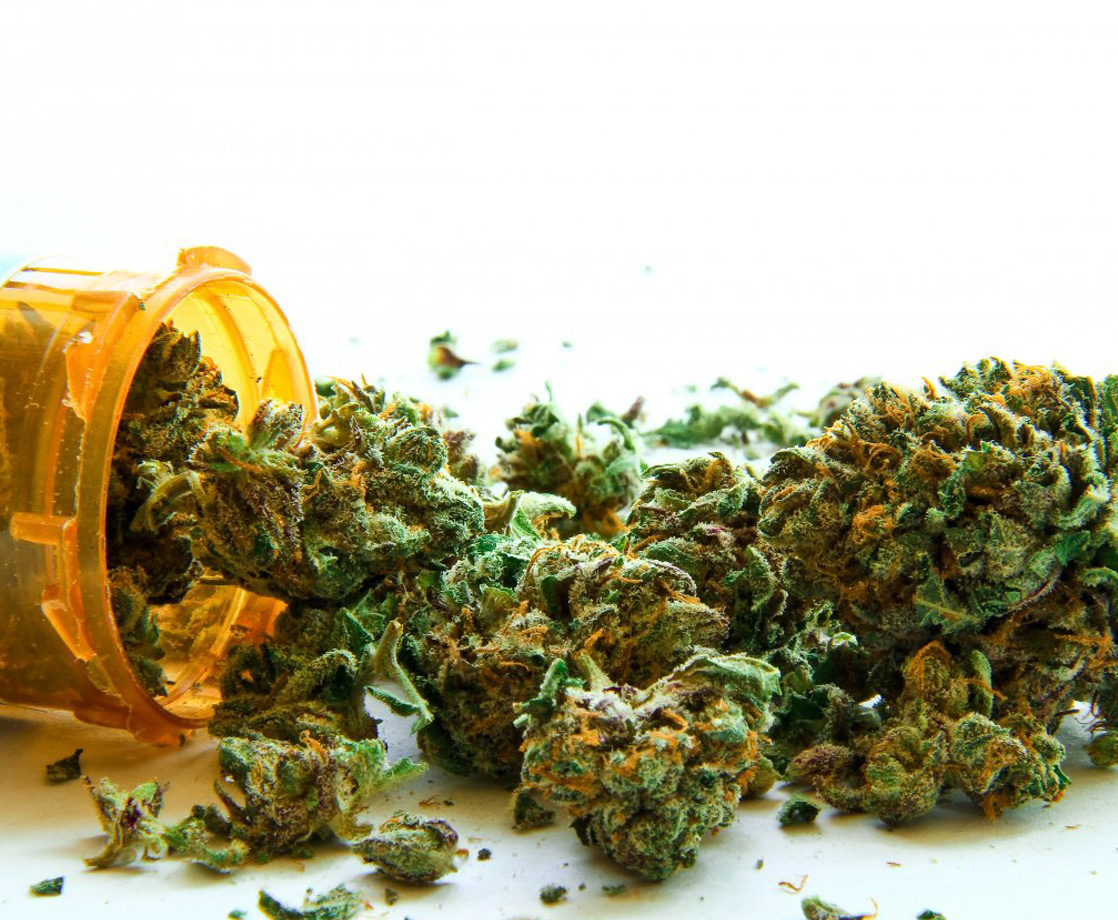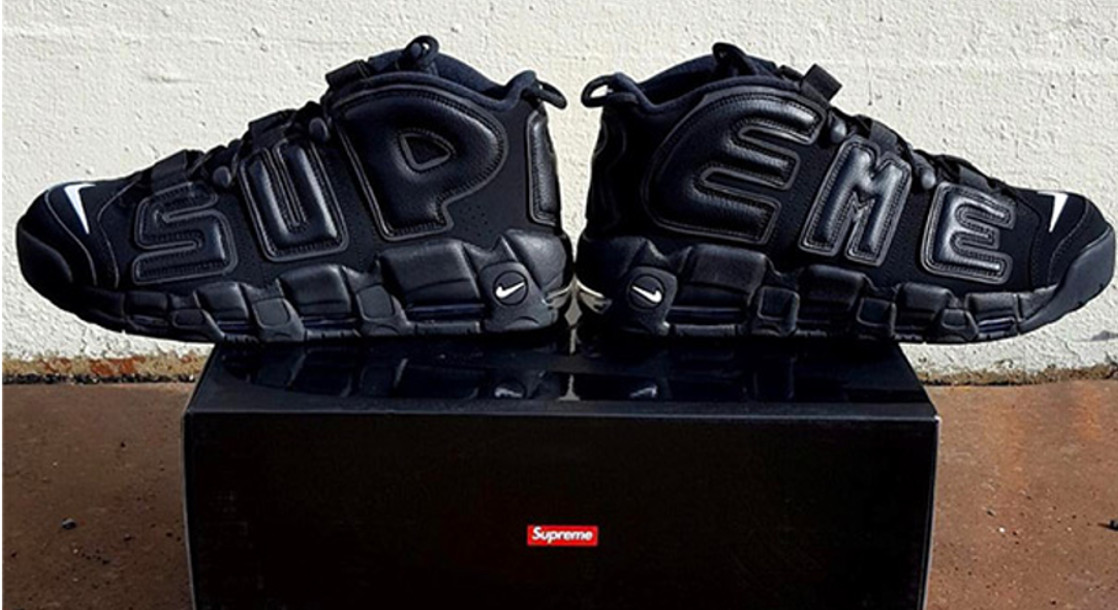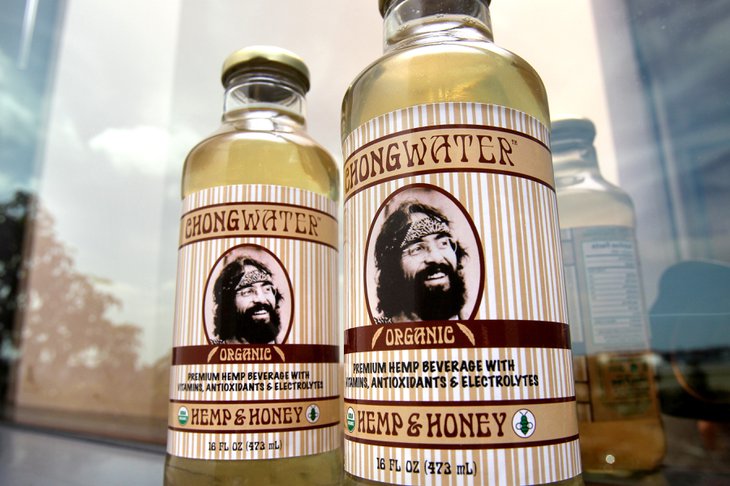Depending on your home state, chances are there's medical marijuana available in one form or another. As little as eight states have no medical marijuana provisions in place in 2016. America has warmed up to the idea of treating intractable epilepsy with high-CBD oil in nearly every state- only a few more need to catch up.
MERRY JANE breaksdown each state that has adopted some kind of medical marijuana initiatives.
Alabama
Only patients with debilitating epileptic conditions qualify for CBD-only treatments. State-sponsored programs are allowed to recommend CBD oils and extracts.
Alaska
Alaska's ballot initiative Measure 8 was passed in 1998 and modified in 1999. Adults over 21 and minors with the parents' consent can be approved for medical marijuana. Patients may possess one ounce of usable marijuana. Thanks Charlo Green!
Arkansas
This November, Bill Clinton's home state will vote on a citizen-drive initiative allowing doctors to recommend medical cannabis for sick and dying patients. Arkansans for Compassionate Care (ACC) collected 77,516 valid signatures—more than enough to place the Arkansas Medical Cannabis Act on the ballot in 2016.
Arizona
Proposition 203 barely passed in 2010. Since then, at least three House bills have been introduced to undermine Proposition 203. Patients may possess up to two and a half ounces of processed marijuana.

California
California, of course, became the first state to legalize medical marijuana in 1996 with the passage of Proposition 215. In 2015, Governor Jerry Brown signed an extension bundle of regulations in preparation for the possibility of recreational marijuana initiatives on the ballot this November, most notably the Adult Use of Marijuana Act. There are well over 700,000 patients in California.
Colorado
Amendment 20 is a constitutional amendment that Colorado passed in 2000. Several amendments have arrived since the state passed legislation. Colorado became the first state to go beyond medical marijuana and legalize cannabis for all adults over the age of 21 in 2013. There is as many as 113,000 estimated medical marijuana patients in Colorado.
Connecticut
Governor Dannel Malloy signed HB5389 in 2012, which legalized medical marijuana. Home cultivation is now allowed. Patients may possess a one-month supply.
Delaware
Governor Jack Mackell signed SB 17 in 2011. After a small hiccup in 2012, the program was restarted in 2013. In 2015, the law was expanded to include minors with illnesses.
Florida
Men and women with cancer, muscle spasms, seizures and other unspecified terminal illnesses qualify for low-THC, high-CBD cannabis strains. Strains must contain 10 percent or more THC and less than one percent THC. Amendment 2 could change all that this November.

Georgia
Patients with (a very short list) of serious illnesses qualify for 20 ounces of infused cannabis oils. Oils must contain less than 5 percent THC and equal amounts of CBD.
Hawaii
Hawaii legalized medical marijuana in 2000- the first state to legalize marijuana through the legislative process. The program was expaned to include regulations in 2015. Only eight producers will be licensed to operate legally in the state.
Illinois
Governor Patrick Quinn signed HB1 into law in 2013. The law was expanded to include minors with seizures in 2014. All of Illinois' 60 legal collectives are under 24-hour surveillance.
Iowa
Patients only with intractable epilepsy qualify for non-psychoactive CBD oil.
Maine
Maine's medical marijuana ballot initiative, Question 2, easily passed in 1999. Several modifications were made over the years. Patients can possess 2.5 ounces of dried marijuana and up to six mature plants in an enclosed area.

Maryland
HB 881 and SB923 were signed into law by Governor Martin O'Malley in 2014. The law allows for 15 licensed cultivators and 94 collectives.
Michigan
Voters passed Proposition 1 in 2008 with 63 percent of the vote. Both the state of Michigan and the city of Detroit passed a series of regulations. Michigan's set of regulations is similar to MMRSA in California.
Minnesota
Governor Mark Dayton signed SF 2470 in 2014. Minnesota's restrictive program allows for only liquids, oils extracts or pills. Vaporizing oils is allowed. Minnesota's program is only available for those with serious illnesses.
Mississippi
Patients with intractable epilepsy qualify for cannabis extracts containing no more than 15 percent cannabidiol and 0.5 percent THC.
Missouri
Patients suffering from intractable epilepsy can possess 20 ounces of extracts containing less than three-tenths of one percent THC.
Montana
Voters passed I-148 in 2004. Unfortunately, a more restrictive version, SB 423 was put into effect in 2011. In 2016, the state's supreme court upheld most, but not all restrictions.
Nevada
Medical marijuana was approved by voters clear back in 1998 and again in 2000 in Nevada. It's taken the state 13 years to adopt SB 374, the legislation that adds a dispensary program. Nevada's unique reciprocity laws make it a pot-tourist destination for out-of-state patients.

New Hampshire
Governor Maggie Hassan signed HB573 in 2013. Patients in New Hampshire are allowed two ounces every ten days. Patients can only obtain marijuana from four state-regulated alternative treatment centers.
New Jersey
Governor Jon Corzine signed SB 119 in 2010. New Jersey's program allows for an undetermined amount of alternative treatment centers. There are at least five alternative treatment centers open so far.
New Mexico
Lawmakers passed SB 523 in 2007. Patients may possess up to six ounces of dried marijuana and they may request permission for a larger amount. The state has approved at least 23 licensed producers so far.

New York
The Compassionate Care Act became law in 2014. A.6357-E and S.7923 were signed into law by Governor Andrew Cuomo and allow for a 30-day supply of marijuana. The state will license five manufacturers with 4 dispensing locations each.
North Carolina
Patients with intractable epilepsy can possess extracts containing less than nine-tenths of one percent THC and at least 5 percent CBD.
Ohio
Ohio recently legalized medical marijuana. Possession limits are not yet specified. Cannabis may be dispensed as oils, tinctures, edibles, patches or flowers.
Oklahoma
Children suffering from pediatric epilepsy qualify for liquid preparations of CBD containing no more than three-tenths of one percent THC.
Oregon
Oregon legalized medical marijuana in 1998. Medical marijuana patients can possess 24 ounces of usuable cannabis as well as six mature plants and 18 immature plants.
Pennsylvania
Pennsylvania recently legalized medical marijuana. A 30-day supply is allowed. Only cannabis-infused oils, topical ointments, tinctures or liquids are allowed. Home cultivation is not allowed.
Rhode Island
Patients suffering from a variety of illnesses are allowed to possess two and a half ounces of marijuana and 12 plants and 12 seedlings. Only three dispensaries are licensed by the state.
South Carolina
Epileptic patients are allowed to possess cannabis extracts with no more than nine-tenths of one percent THC. Cancer patients are forced to move to other states to receive treatment.
Tennessee
Patients with intractable seizures are allowed to possess cannabis oil with no more than nine-tenths of one percent THC.

Texas
Texas's non-functional CBD law would allow patients with intractable epilepsy to posses low-THC CBD oil prepartions.
Utah
Charlee's Law allows children with intractable epilepsy qualify for cannabis extracts that contain no more than 15 percent CBD and no more than 0.3 percent THC.
Vermont
Vermont legalized medical marijuana in 2004. Two ounces of usuable marijuana and nine marijuana plants are allowed for qualifying patients.
Virginia
Patients with intractable epilepsy qualify for extracts that contain no more than 5 percent THC but at least 15 percent CBD.
Washington
Washington legalized medical cannabis in 1998. Patients may possess 48 ounces of edibles in solid form, 3 ounces of useable marijuana, and 216 ounces of edibles in liquid form, or 21 grams of marijuana concentrates.
Wisconsin
Patients with seizure disorders are allowed to possess non-psychoactive CBD oils and extracts.
Wyoming
Patients with intractable epilepsy qualify for preparations that contain less than 0.3 percent THC and more than 15 percent CBD.











